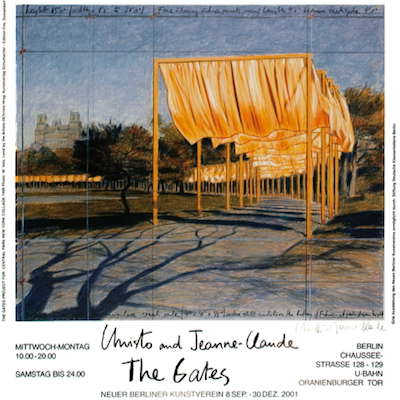
Details
Artist
Styles
Aquatint and woodcut -Printed on Somerset Satin of 180 x 135 cm. Edition of 7 // Mae West by Rita McBride is a limited edition woodcut and aquatint print created in 2010. The artwork showcases a striking interplay of geometric shapes and vivid colors. Vertical and horizontal bands in bold hues, including blue, yellow, green, pink, and black, intersect to form a grid-like pattern, evoking a test screen aesthetic. In the center, a tower-like structure of black and gray diamond shapes expands and contracts, creating a sense of movement and optical illusion. Printed on Somerset Satin paper, this large-scale piece (180 x 135 cm) is part of an exclusive edition of seven, combining McBride's architectural interest with abstract forms to create a visually dynamic composition.
Mae West, 2010
form
Medium
Size
180 x 135 cm
- Inches
- Centimeters
Edition
Price
- USD
- EUR
- GBP
Details
Artist
Styles
Aquatint and woodcut -Printed on Somerset Satin of 180 x 135 cm. Edition of 7 // Mae West by Rita McBride is a limited edition woodcut and aquatint print created in 2010. The artwork showcases a striking interplay of geometric shapes and vivid colors. Vertical and horizontal bands in bold hues, including blue, yellow, green, pink, and black, intersect to form a grid-like pattern, evoking a test screen aesthetic. In the center, a tower-like structure of black and gray diamond shapes expands and contracts, creating a sense of movement and optical illusion. Printed on Somerset Satin paper, this large-scale piece (180 x 135 cm) is part of an exclusive edition of seven, combining McBride's architectural interest with abstract forms to create a visually dynamic composition.
- Recently Added
- Price (low-high )
- Price (high-low )
- Year (low-high )
- Year (high-low )
What is site specific art?
Site-Specific Art is a form of artwork created to exist in a particular location, with the artist considering the site as an integral part of the creative process. Robert Irwin was a key figure in promoting this art form in California. Site-Specific Art emerged as a reaction against modernist objects, which were often portable, commodified, and confined to museum spaces. In contrast, Site-Specific Art is inherently tied to its location, challenging the traditional notions of art as a transportable and marketable commodity.
















